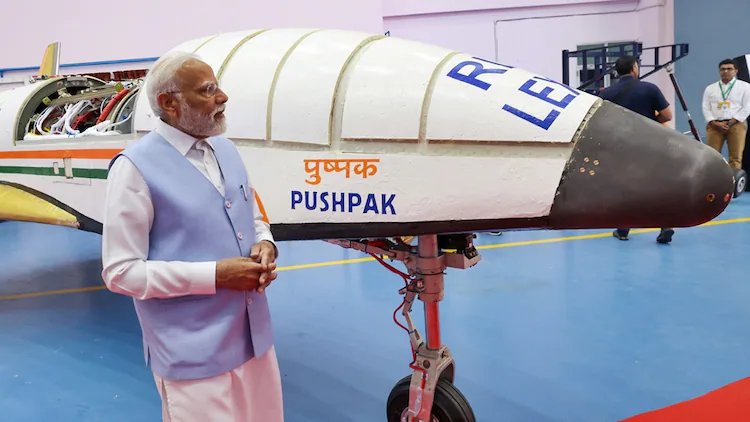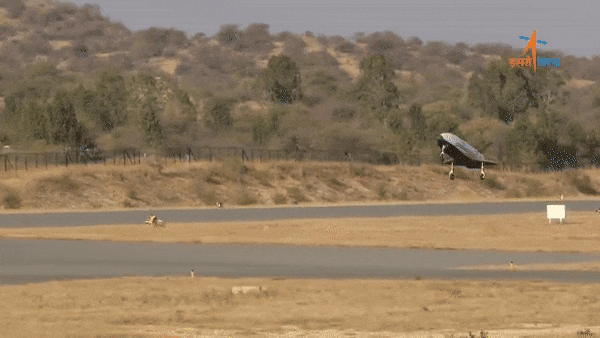'Pushpak' Viman: Understanding India's ambitious Reusable Launch Vehicle
Pushpak, inspired by Ramayana, aims to launch and return like American shuttles, revolutionizing space missions with its reusable technology

On March 22, 2024, the Indian Space Research Organisation (ISRO) achieved another milestone by executing the second landing experiment for its innovative Reusable Launch Vehicle (RLV) named Pushpak.
Inspired by the ancient epic Ramayana, Pushpak aims not only to launch space missions but also to return to Earth similar to the American shuttle missions, revolutionizing space exploration.
The core objective is to democratize access to space by reducing costs significantly. ISRO's focus on indigenous technology development through the RLV program plays a pivotal role in achieving this goal, potentially cutting current space access expenses by up to 80%.
Developing India's 'Pushpak' Viman
The RLV program concentrates on three critical areas: developing a powerful engine, ensuring survival during re-entry, and ensuring safe landing.
Solving the Engine Enigma
The scramjet engine is a key focus, utilizing high-speed compression of incoming air to eliminate the need for carrying heavy oxidizers. ISRO successfully conducted the first experimental mission of the Scramjet engine in 2016, validating the Air Breathing Propulsion System.
Re-entering in One Piece
Re-entry into Earth's atmosphere poses significant challenges. ISRO is rigorously testing heat-resistant materials and re-entry profiles to ensure Pushpak withstands the intense heat generated during hypersonic travel.
Nailing the Touchdown
Autonomously landing Pushpak safely on all three gears is critical. The vehicle acts as a glider during landing, requiring precise navigation and control systems. The recent RLV Landing Experiment (LEX) showcased Pushpak's ability to autonomously handle off-nominal conditions and execute a successful landing.

These advancements include cutting-edge navigation systems, a ground-based GPS alternative, and innovative landing gear systems.
The success of the Pushpak mission signifies a significant step toward sustainable and cost-effective space exploration. ISRO's efforts in demonstrating hardware and system reusability have the potential to revolutionize space missions.
Looking ahead, the RLV-TD program plans further experimental flights, including the Orbital Return Flight Experiment (OREX) and the Scramjet Propulsion Experiment (SPEX). These experiments will pave the way for the development of a two-stage orbital launch vehicle, enhancing payload delivery efficiency.
The scaled-up version of the RLV will feature optimized design characteristics for controlled descent and safe touchdown, further advancing India's capabilities in space technology.

 Sumit Rawat
Sumit Rawat 










